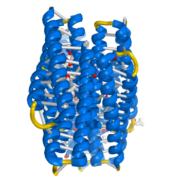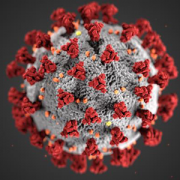New study links T cells and airway muscle in obese children with asthma

The study found that T cells from obese children with asthma adhere more to the airway muscle than T cells from lean children with asthma.
Obesity-related asthma is a distinct type of asthma that is increasing among children due to an increase in obesity. It is associated with high disease burden that is not responsive to currently available asthma therapies. Researchers from Children’s National are leading the way with the first study of its kind to show a link between T cells and airway muscle. This unique work represents an important step forward in understanding pediatric obesity-related asthma and has the potential to inform the development of new treatments.
What’s been the hold-up in the field?
Researchers do not understand the mechanisms that underlie obesity-related asthma. This lack of knowledge directly affects the ability to find medications that are effective against this disease.
How does this work move the field forward?
The study found that T cells from obese children with asthma adhere more to the airway muscle than T cells from lean children with asthma. This adhesion of T cells to airway muscle causes the muscle to be more contractile. This is the first study to link immune cells in obese children with asthma with airway-specific changes.
How will this work benefit patients?
The study has identified a mechanism where immune cells react with airway muscle. As part of this, few proteins will be studied further to see if they can be targets for medications specifically for obesity-related asthma.
How is Children’s National leading in this space?
Children’s National is leading in this space by initiating a first of its kind study to show the link between the T cells and airway muscle.
Authors on the study from Children’s National Hospital include: Deepa Rastogi, M.D., M.S., Changsuek Yon, Ph.D., and David A. Thompson.
You can read the full study, Crosstalk Between CD4+ T Cells and Airway Smooth Muscle in Pediatric Obesity-related Asthma, in the American Journal of Respiratory and Critical Care Medicine.











